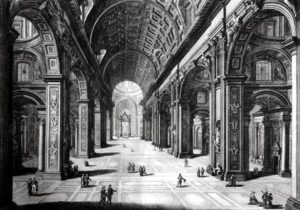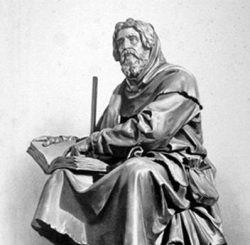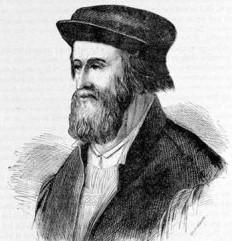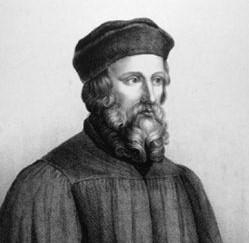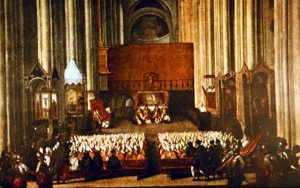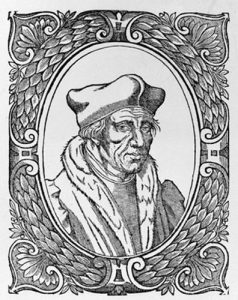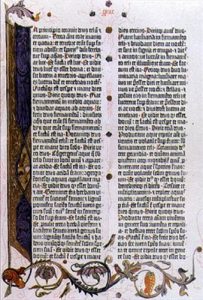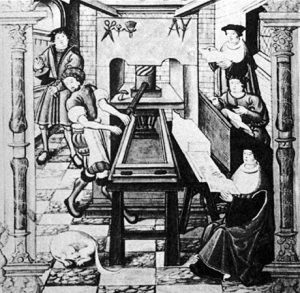A series of disasters
The priests were poor and badly educated, whereas the high-ranking clergy lived in luxury, due to the income they received for carrying out religious duties.
Many bishops did not live in their sees and depended on their general curates. Some were attracted by politics and entered the King’s service.
There were many monasteries but they were no longer held in much esteem because their morals and discipline had degenerated.
The image of the papacy was badly tarnished by the Great Schism of the West, during which several popes confronted each other between 1378 and 1417, and by the supremacy of the councils over the papacy, proclaimed at the council of Constance.
It had also been shaken by periodical conflicts between the popes and sovereigns in the West.
The West was afflicted by a series of disasters:
- the Hundred Years War, which ended in 1450,
- the Black Death, which wreaked havoc in Europe from 1346 to 1353 (25 million people died) and it reappeared from time to time, notably towards 1478, in Venice,
- the capture of Constantinople by the Ottoman Turks in 1453, an event which marked the fall of the Eastern Roman Empire, abandoned to its fate by the West.
People were deeply concerned about two things, the fear of death and whether or not they would be saved. These themes were illustrated in the churches by macabre dances and plays about the Last Judgement.The faithful turned to the Virgin and the saints, each of whom was supposed to bring special protection.
For example Saint Roch, Saint Gilles and Saint Adrien protected people against the Plague. The belief in purgatory, an intermediary place situated between paradise and hell, led the Church to give people indulgences, in order to make their stay there shorter.
The clergy had fallen into disrepute
The appearance of the Renaissance in Italy from 1453 onwards brought with it a system of patronage which benefited the arts.The popes participated in this : Jules II gave contracts to Michelangelo. But all this was expensive. The Church needed money, notably in order to build the Saint Peter’s basilica in Rome. This was the reason for the sale of indulgences, which scandalised Luther so much.
Reforms were slow in coming
During this long period which lasted for two centuries, many voices could be heard crying out for a reform of the Church, including members of the clergy but there was no response. The Church preferred to blame people in order to preserve its authority. This was the case for the most violent critics : the Waldenses, Wyclif, Jan Hus. There were some attempts to reform the Church, but they failed, mostly because of the rivalry between two main authorities, the pope and the councils. The council of Latran (1512-1517) met with indifference on the part of pope Leon X.
Finally, it was not until the Reform movement started spreading from 1517 onwards, that the Church undertook interior reforms ; this was the aim of the Council of Trent (1545-1563).

